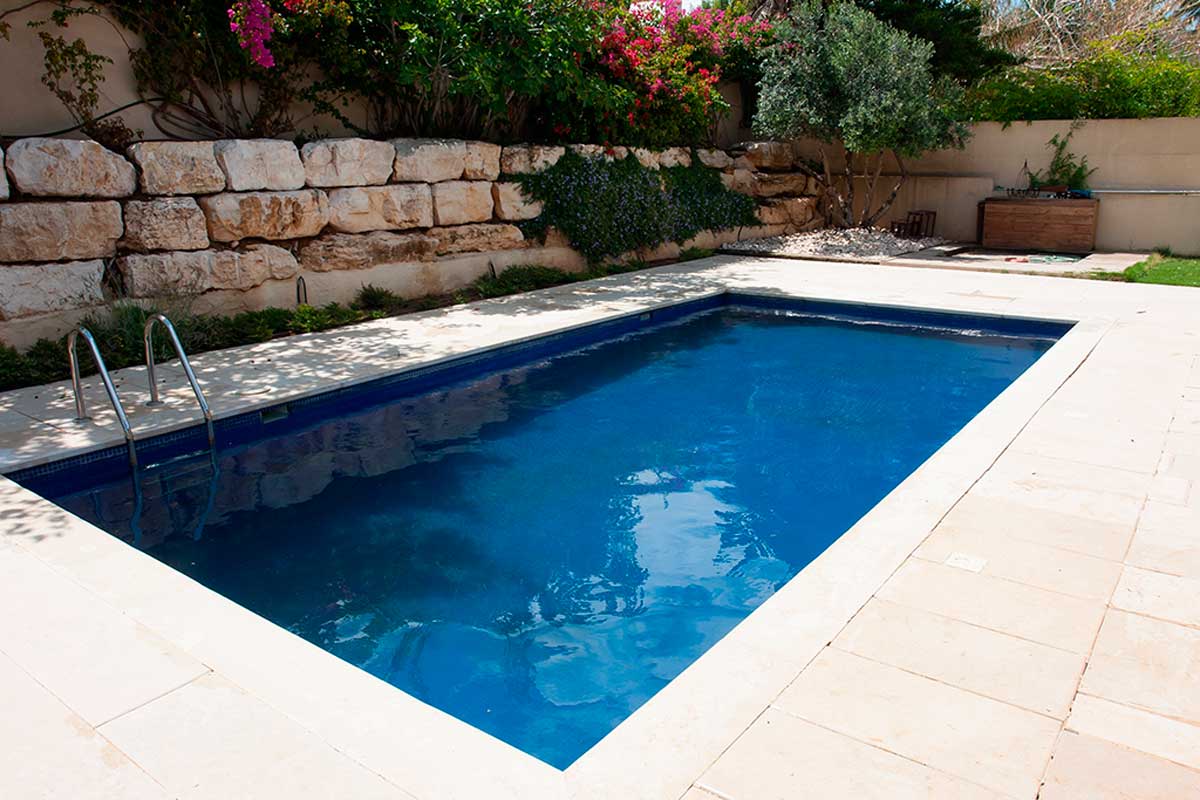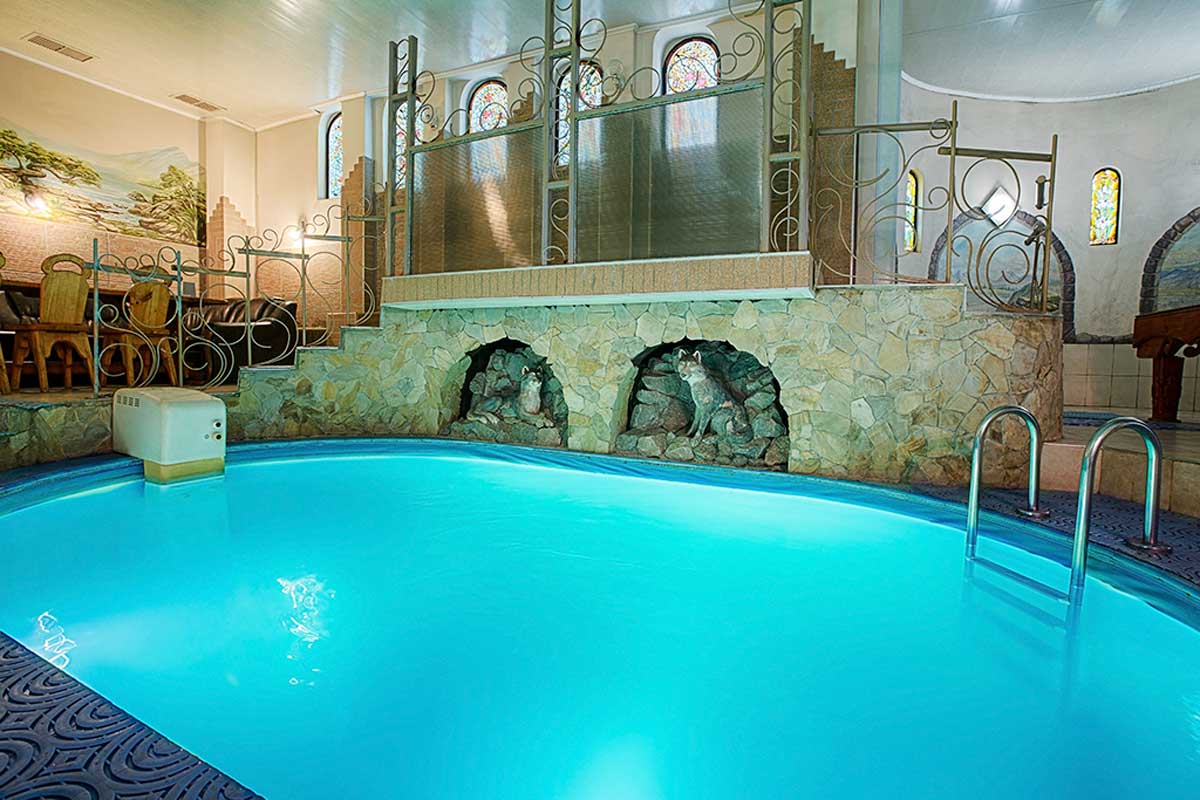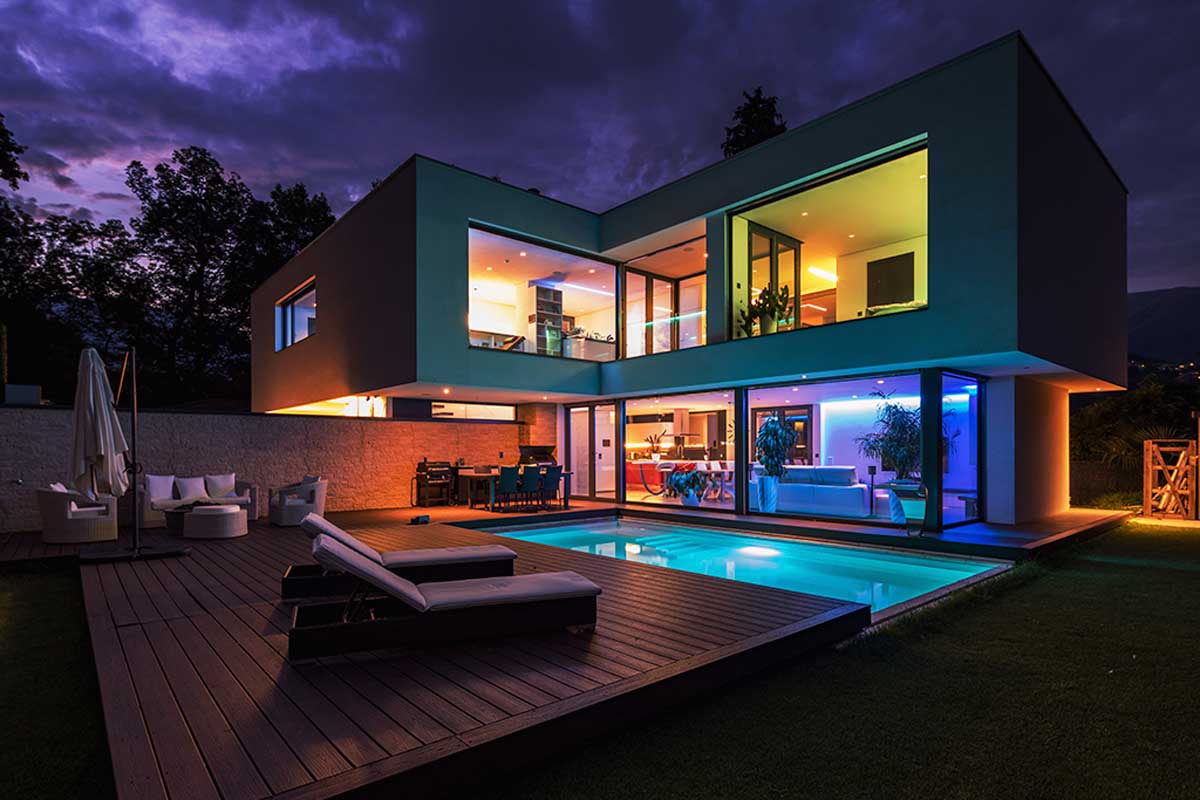How to Choose The Best Color For Your Pool

We know that when you think about the best color for the pool you want to build or remodel, blue is the obvious choice. That’s the most common color, but not the only one. The color of the cladding adds style to your decor, but it can also help add a feeling of spaciousness and increase the water temperature.
Considerations for choosing the best color for your pool
Next, we’re going to tell you about the effects of colors in your pool so that you can choose the best one.
Influence on the perception of size

The color of the pool influences the perception of size. White, (like most colors in their lighter shades), makes your pool look bigger. Black and other dark colors make the space look smaller than it actually is.
Impact of pool color on cleanliness
The color also influences the cleanliness of the pool since dirt and debris are more noticeable in certain colors. Dark colors hide dirt much better than light colors and they don’t highlight dirt as much as a white or light blue colored pool will.
Don’t forget, there are many different types of pool cleaners which you can consider and that facilitate cleaning.
Water temperature

Although there are several factors that influence the temperature of the pool water, color has a lot to do with it. For example, dark colors absorb more energy from light. Thus, those that are closer to black will absorb more heat from the sun.
If you want to have a pool that maintains heat naturally, opt for a liner in dark colors, but also choose a location where there’s more sun exposure.
Choose a relaxing color for your pool
The pool itself is already relaxing, but we can enhance this feeling by choosing the best color for your pool. In fact, studies on chromotherapy indicate that cold colors such as turquoise, cyan, indigo, or white enhance the state of relaxation by stimulating the parasympathetic nervous system.
These types of colors also make you feel calm and passive. If that’s what you’re looking for, you already know what types of colors to choose.
A color that matches the decoration

The pool is one of the most impressive decorative spaces, so you need to bear in mind that the color you choose should be in tune with your general decoration. You should opt for similar colors or ones that create a good contrast.
Think artificial lighting
Underwater lamps or spotlights are an important decorative component. They allow us to use the pool at night and give a very valuable touch of elegance. This is why the color you choose for your pool must contrast with the light effect, which can be white or whatever color you want.
What is the best color for your pool?
Now you have a list of the considerations that you should prioritize when choosing the best color for your pool. Based on them, choose the colors that suit your decoration and what you hope to achieve with your pool. Another important aspect is the location of your pool, whether it’s indoors or outdoors.
If your pool is in an internal area, use light, unusual and vibrant colors to highlight it and make it the focus. In this case, you can put aside the traditional mosaics and opt for a stone cladding, thus changing the concept of the traditional pool.
As you can see, choosing the color for your pool isn’t something that’s chosen overnight. It’s necessary to consider several aspects to get it right and one that has your personal stamp.
All cited sources were thoroughly reviewed by our team to ensure their quality, reliability, currency, and validity. The bibliography of this article was considered reliable and of academic or scientific accuracy.
- Ávila, J. Cromoterapia: La influencia de los colores en el estado de ánimo. pág. 046-051. 2010.








